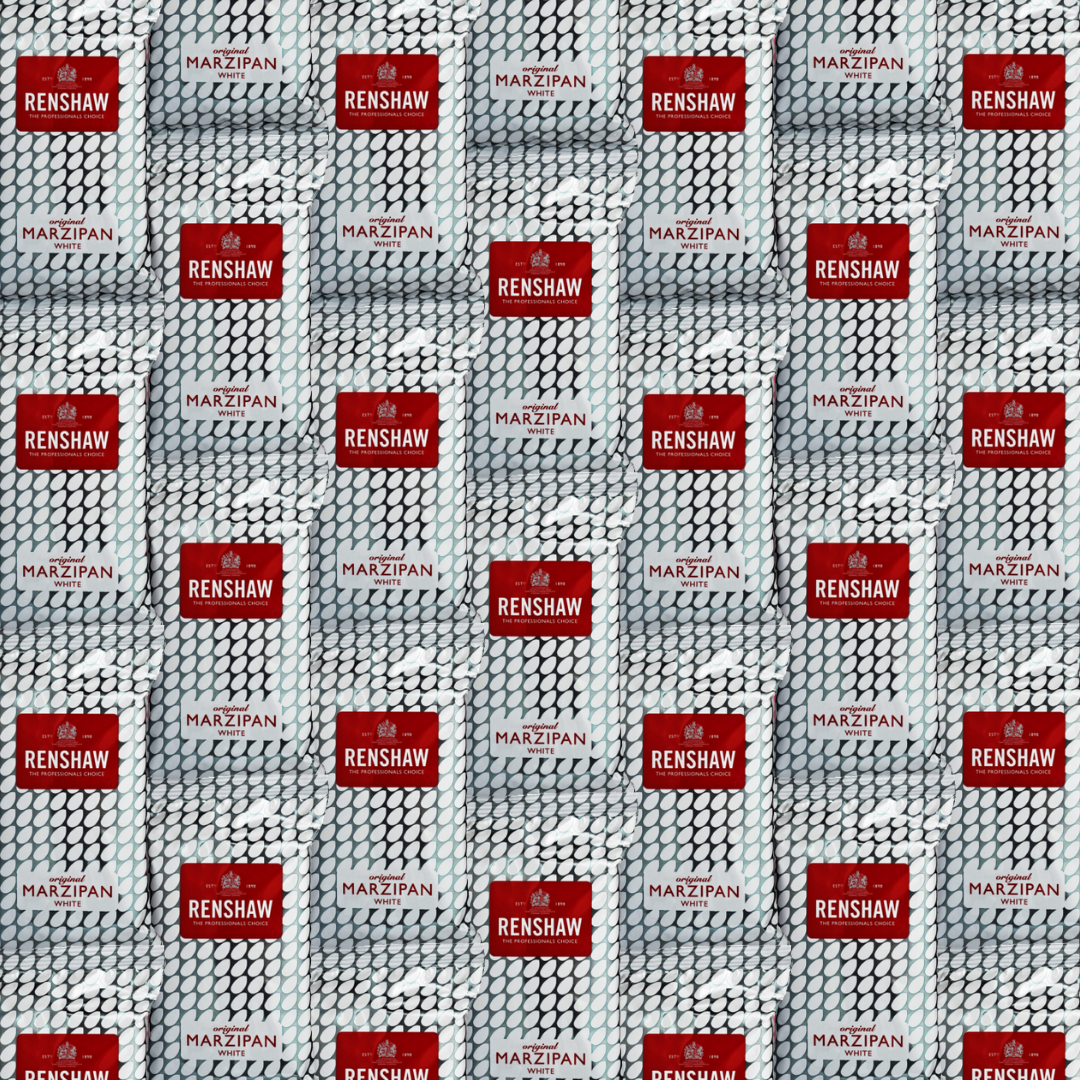Jacqui Kelly’s Top Tips for Working with Marzipan
Thursday 9th January 2020
Marzipan can be a bit of mystery. We love it here at Renshaw, and we know it well (check out our Royal Warrant for almond products if you don’t believe us), so we’re keen to spread the word far and wide.
That’s where Jacqui Kelly, one of our fabulous Renshaw Academy Ambassadors, comes in. She’s shared some of her top tips for using marzipan below. Enjoy!
1. USE IT IN DIFFERENT WAYS
Marzipan is amazing and versatile and underused! It is denser than sugarpaste, and does not stretch, but it does create the most wonderful fur and hair textures. It also has a distinctive flavour and can be used in a similar way to sugarpaste. Marzipan is also a wonderful modelling & moulding medium with a lovely long work time and great seam/join smoothing abilities.

(Check out our various marzipan recipes to see just how versatile it really is!)
2. KEEP THE AIR OUT
Marzipan will start to harden when it is exposed to the air, so keep any unused marzipan tightly wrapped in plastic food bags. It does not need to be kept in the fridge, but do note the Best Before date if you remove it from the original packaging.

3. STICKY HANDS? USE VEGETABLE FAT OR ICING
If your hands are getting sticky when working with marzipan, you can either use a little white vegetable fat (Trex) on them or an icing sugar duster. Do not use cornflour as it can react with the marzipan and create mould and cracking. Icing sugar is also very useful when you are rolling out marzipan to cover a cake.

4. SOFTEN IT IN THE MICROWAVE
If your marzipan is very cold and hard when you start to use it, you can soften it gently in the microwave for 5-10 seconds. Repeat if necessary. Please take care not to over-heat it though, as the oil in the marzipan can get very hot and could burn you and will separate from the paste. This also applies to over-working the marzipan – only knead it until soft and warm otherwise it will get too hot and the nut oils may separate. You can not revive old marzipan in the same way you can dried sugarpaste, so treat it with care.

5. USE BOILED WATER LIKE GLUE
Rather than sugar glue you can use cooled boiled water from the kettle to stick sections of your model together. When working with fresh marzipan, you may find that it is sticky enough and does not even require the water!

6. BLEND IT WITH OTHER PASTES/FLAVOURS
You can blend marzipan with every paste in the Renshaw range with some delicious results. For modelling, try mixing 50/50 with the Belgian Chocolate Modelling Paste. For a beautiful tasting cake coating, try blending it 40/60 with the Marshmallow Extra Ready to Roll Icing, and for delicious tea time treats, try 40% Caramel Confectionery Icing with 60% marzipan! Marzipan also takes added flavours very well, such as chocolate, cinnamon, orange and rose.

(We have plenty of examples of flavour combos for marzipan in our dedicated recipes blog for National Marzipan Day. Have a read here!)
7. ADD A SPLASH OF COLOUR
Marzipan can be coloured in all the similar ways that sugarpaste can – gel colours, dusts, lustre dusts, airbrushing and you can paint on it as well. Because marzipan is a natural colour with a slight yellow tinge to it, you cannot achieve a pure white colour with it, so you must take that into consideration with your design!

(Colour is one of the things we do best. Check out the full Renshaw and Rainbow Dust ranges to see what we have to offer to brighten up your marzipan-infused creations.)
Thanks again to Jacqui Kelly for these helpful hints and tips – you can see more of her content on her website, totallysugar.co.uk. If you’re planning on putting these tips to work, make sure you share with us on social at Renshaw Baking.


